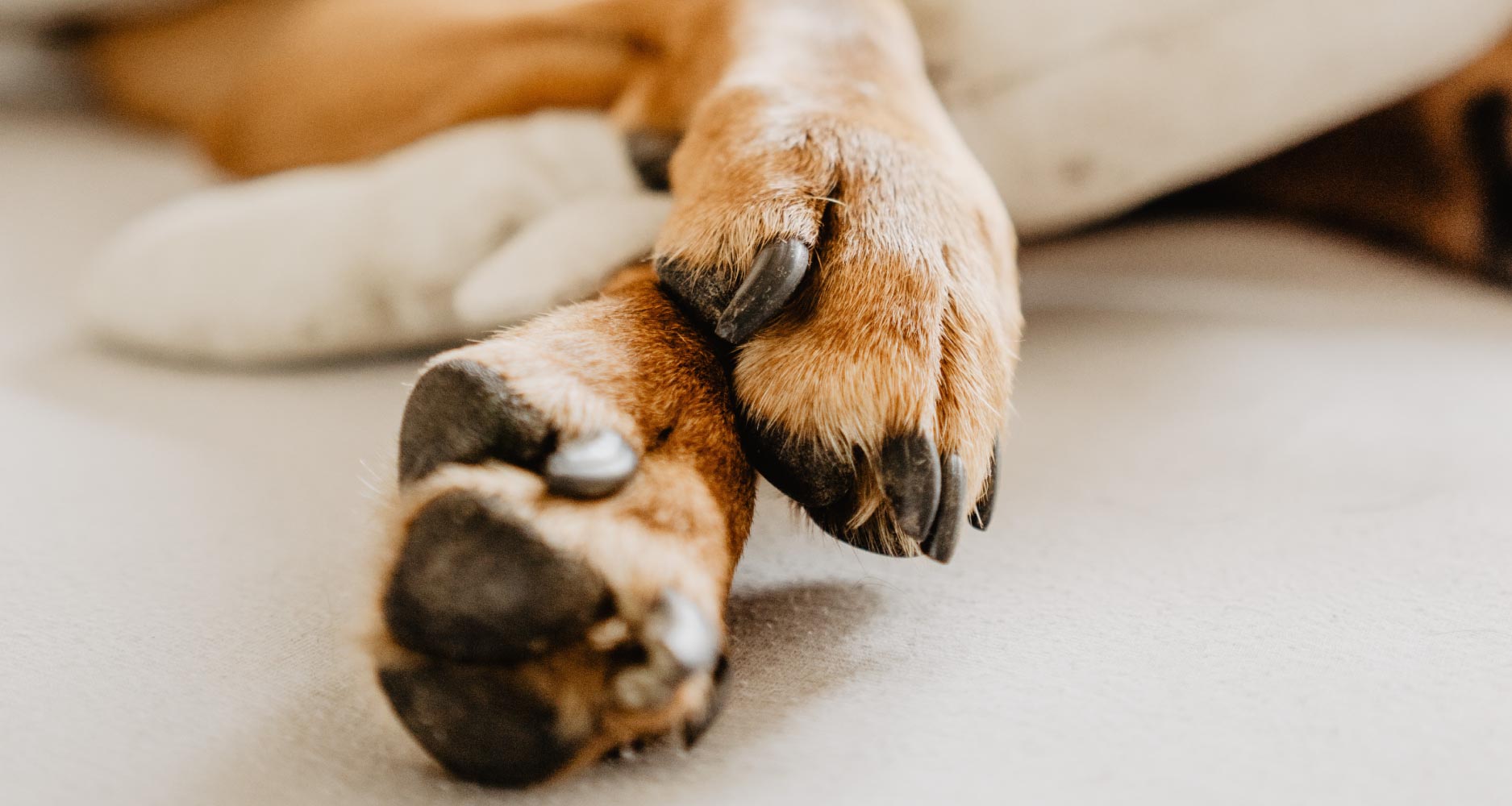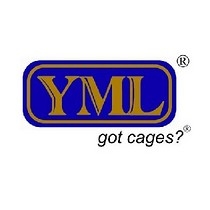A How-To Guide for Keeping Your Dog’s Paws Safe


There are a variety of ways to care for your greatest furry friend’s paws, from preventative care to addressing and treating current diseases and difficulties. Taking care of your own foot is generally a no-brainer, and you probably don’t have to think about it. If you’re frolicking around barefoot in the summer months, you put on boots before going out in the snow or rain, and you swiftly move off of or avoid scorching concrete if you’re frolicking around barefoot in the winter. It’s possible that applying lotion to your feet to prevent or treat dryness is already a habit. Having considered all of this, have you given any attention to how you protect your dog’s paws and pads?
Your dog’s paw pads are extremely sensitive and can be affected by a variety of factors. Snow, sleet, rain, debris, and scorching surfaces may all hurt your dog’s paws and pads, but they aren’t the only dangers. Protect your dog and cure paw pad problems by following these steps:
- offering routine maintenance
- offering shelter from the elements
- resolving current problems
This guide covers and discusses these areas of care, as well as offering tips on how to keep your dog comfortable and secure at home and on the go. Continue reading to maintain your dog’s paws in top condition.
Provide Basic Maintenance and Care
To keep your hands looking and feeling fantastic, you wash them frequently and trim your fingernails and toenails. Your dog’s nails and paws may also require this amount of care in order for him to continue walking pain-free. Having excellent dog nail clippers on hand is an essential, whether your pooch gets his nails trimmed at the vet, while being pampered by your groomer, or you prefer to do it yourself at home. Even if you don’t do your own nail cutting on a regular basis, being prepared to manage little in-between trims is essential.
Your dog’s nails should be just long enough to brush against the floor. It’s time for a trim if you’ve observed an increase in nails clicking and clacking on the ground or floor. Your dog’s long nails might force their paws up and away from the ground when walking if they aren’t cut, creating pressure, strain, and occasionally considerable discomfort. Accidents do happen, even when you’re being cautious. It’s also a good idea to keep styptic powder on hand to help coagulate blood and stop bleeding if you unintentionally strike the quick during a trim.
A massage is one of the most peaceful and refreshing experiences you can have, and your pet is likely to appreciate it just as much as you do. Take the time to moisturize and massage your dog’s paws and pads on a regular basis. This is an excellent time to gently check your dog’s paws and between his toes for tiny debris that might cause discomfort or suffering. Making this a part of your daily practice also allows you to apply a conditioning balm on your dog’s pads to keep them moisturized and supple.
Defend Against the Weather
When your pet goes outdoors, make sure his paws are shielded from the elements. This is a vital part of keeping his paws healthy and well-cared for. Depending on how sensitive your dog’s paws and pads are, any number of external situations, such as snow, sleet, ice, rain, or scorching asphalt and surfaces, might endanger paw health. You wouldn’t want to go out in the snow, rain, or on scorching asphalt without first dressing in the suitable footwear. Before taking your dog out in the outdoors, you have a variety of options for prepping or outfitting him.
Before leaving the house, apply a protective and moisturizing balm on your dog’s pads to form a barrier between snow, sleet, ice, and accumulated salt. You may also get your dog his own set of booties, which are not only cute but also protect your dog’s delicate paws. A pair of well-fitting all-weather boots will protect paws from the bitter cold of winter. The cold isn’t the only thing that can harm a puppy’s paw pads. Summer sun rays can frequently make outdoor surfaces too hot for your dog to bear. Heat-resistant dog booties can help your dog stay cool when walking on heated surfaces in the summer.
Pay Attention to The Problems That Are Already There
If you find your dog’s pads are sensitive to touch, cracked, or particularly rough, it’s critical to act quickly to ease any discomfort and prevent the condition from getting worse. A paw repair therapy can condition, soothe, and aid in the healing of cracked, painful pads. Apply these remedies to your dog’s paw pads by gently rubbing them in. Allow for a few minutes of absorption to guarantee optimal saturation and benefits. Keep an eye on your dog to make sure he isn’t licking his paws, since this will not only remove the healing balm, but it will also create inflammation.
Preventative steps and swift resolution of minor paw pad concerns can help keep your beloved buddy happy and healthy. While many mild irritations may be treated at home, if the condition persists, the pads are seriously broken and leaking, or your dog is in discomfort, a trip to the veterinarian may be necessary to get him back on his feet.




















